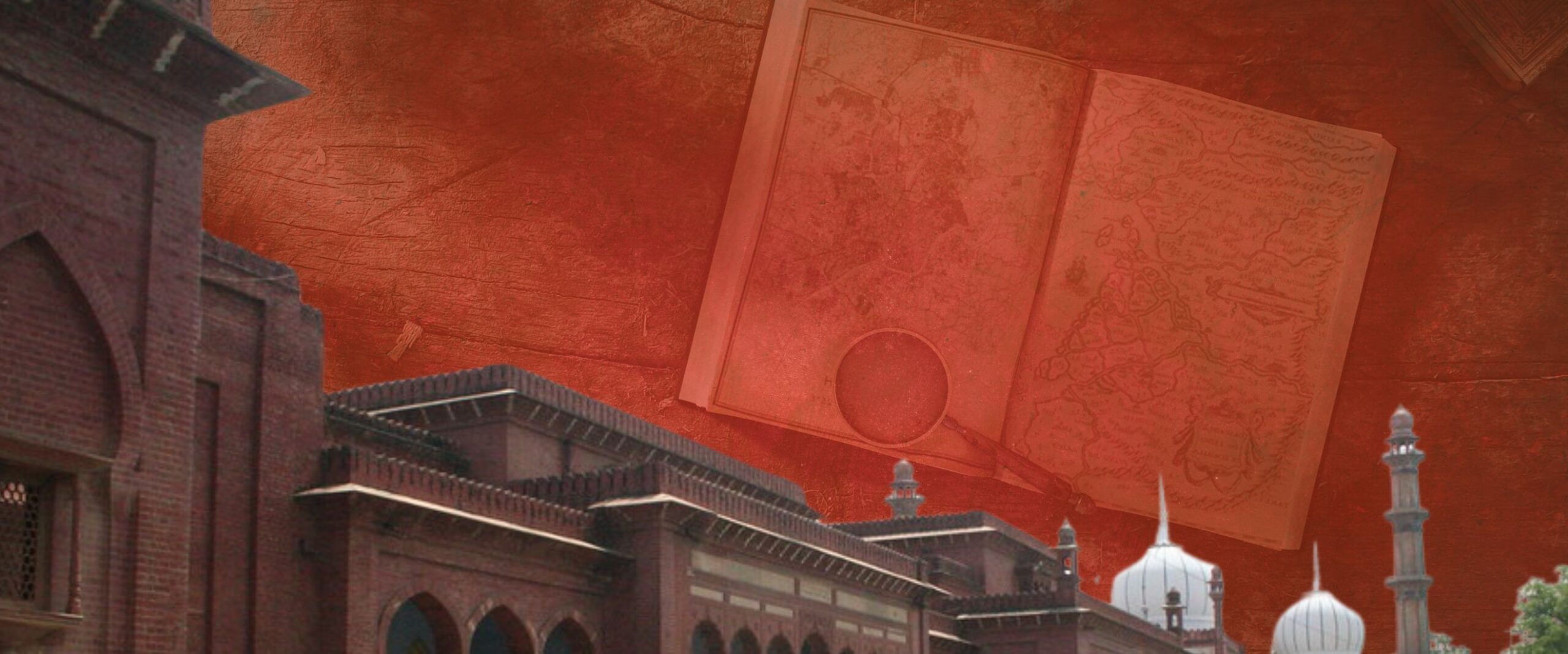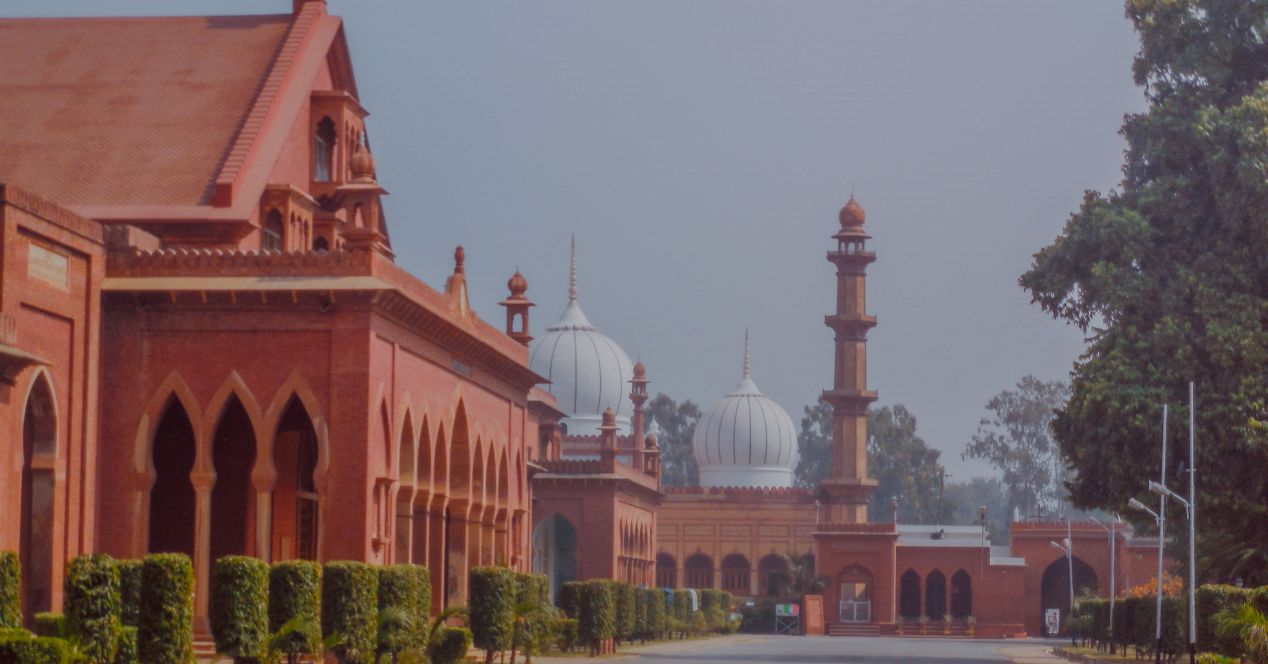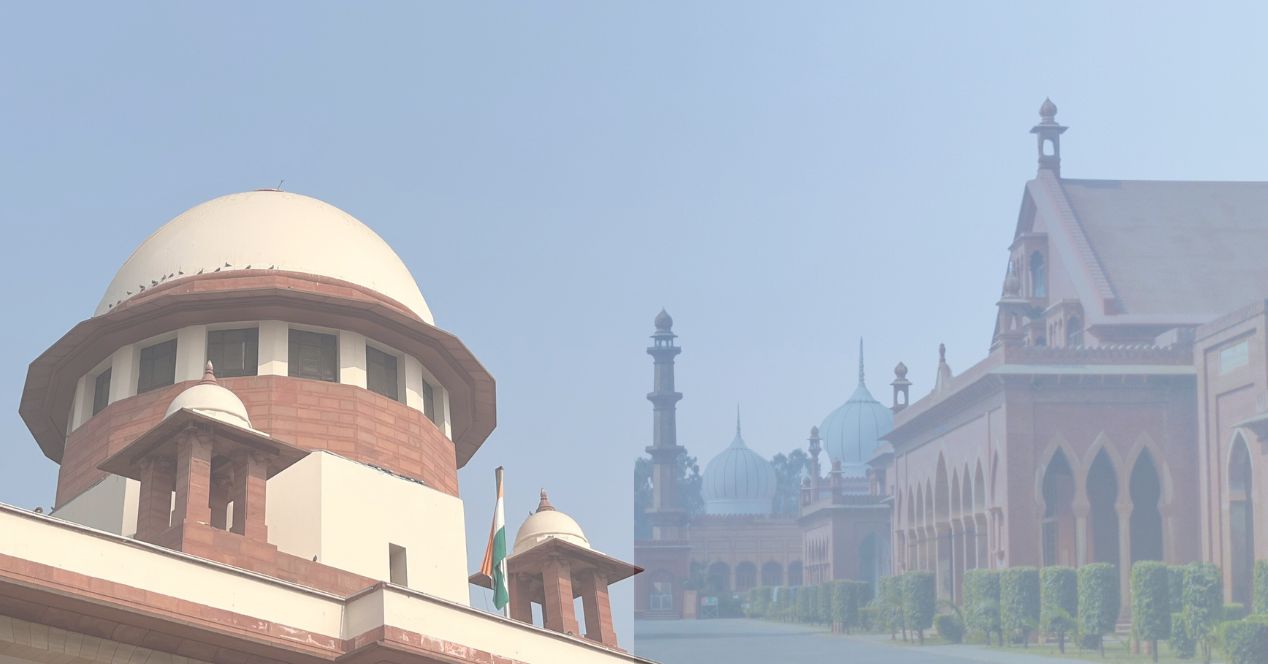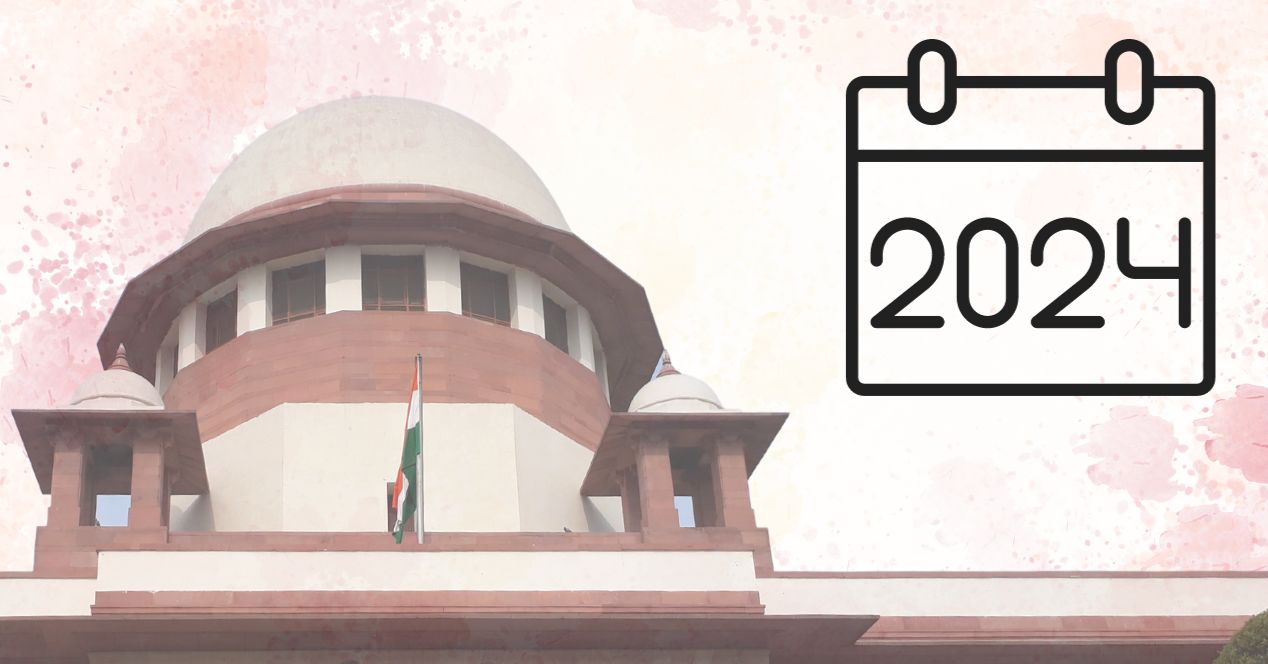Analysis
Aligarh Muslim University Case: A historical counter
The AMU Act has to be read as a key way-stop on the continuum of the institution’s history, not as something that breaks with it

On 1 February 2024, the Supreme Court reserved judgement on the minority status of Aligarh Muslim University (AMU). The matter was of particular interest to many of us who have been associated with the institution and have dug deep into its storied past.
Under Article 30 of the Constitution, the two essential conditions to be considered a minority institution are “establishment” and “administration”. In the course of the hearings, the Union government and other respondents argued that AMU was neither “established” nor “administered” by the Muslim community. The same was held by a Constitution Bench of the Court in Azeez Basha v Union of India (1967).
But if you look at the history of AMU, you will find that this argument is patently incorrect. There is also enough in the historical record to indicate that AMU never surrendered its minority rights. In this article, I hope to lay down the case based on my reading of the archival documents.
AMU never surrendered its minority rights
The Union government and the respondents rested their arguments on the Aligarh Muslim University Act of 1920, claiming that the legislation was the actual genesis of the university. The Act was the law that transformed the erstwhile Muhammadan Anglo-Oriental (MAO) College to AMU.
I beg to differ from that reading, on the ground that the Act was only a legislative affirmation of the evolution of an educational institution whose nucleus was the MAO College. The MAO College goes all the way back to 1877 and was established to bring alive the vision of the reformer and educationist Sir Syed Ahmed Khan.
These days, there are many questions about Sir Syed Ahmed’s motivations. But the fact is that he had conceived of the MAO College as a progressive institution that would contribute to the upliftment and empowerment of Muslims. According to him, only education would have prevented the Muslim community from slipping further down the abyss of backwardness.
Sir Syed wanted the Muslims of India, who had fallen behind in modern education, to benefit from liberal education. For him, Islam was a progressive force and he wished for young Muslims to be exposed to Western literature and science even as they received instruction in their religion and traditions.
This was the backdrop in June 1872, when Sir Syed wrote a letter to C.A. Elliot, Secretary of the North-West Province, suggesting the formation of a Committee to raise funds for the establishment of a college.
On 8 January 1877, the foundation stone of the College was laid by Lord Lytton, the Viceroy and Governor General of India. In his address, Sir Syed, speaking on behalf of the MAO College Fund Committee, expressed the hope that the college would one day become a university. In 1897, Justice Syed Mahmud, Sir Syed’s son, reiterated that the “ultimate end” was the establishment of a top-class university for India’s Muslims, something that was “similar to the great universities of Oxford and Cambridge.” In those years, the proposal to convert MAO into a university came up several times.
In 1902, the principal Theodore Morisson stated that MAO College would become a “Mohammedan University on the lines already marked out by Sir Syed.” The reason why the founders wanted to establish a University was clearly articulated by Justice S. Amir Ali, who said that the Government should authorise the proposed university to grant degrees that would be treated on par with the degrees of other universities so far as employment was considered. Unless this basic condition was fulfilled, he preferred the institution to remain a college.
Finally, in August 1911, the draft constitution of a Muslim University was shared with the Government. Harcourt Butler, a member of the Governor General’s Council, wrote back on the issue of funds and affiliation. He did not object to the provisions regarding the recognition of degree. The Secretary of State in London communicated his readiness to establish a university after the promoters showed that MAO College had adequate funds and that the constitution of the proposed university was acceptable to the Government of India. There was no communication from the British government that indicated any change in the minority character of the institution. In 1920, the AMU Bill was finalised between the promoters of AMU and the Government of India.
The potted history I have outlined above makes it clear that the promoters had an idea of what kind of university they wanted from day one. The AMU legislation was a milestone in the evolution of the institution which had already built a legacy. It has to be read as a key way-stop on the continuum of the institution’s history, and not as something that breaks with it.
The Rector’s role was supervisory and not administrative
Let us now grapple with the Union’s contention that the administration was in the hands of the British government through the Lord Rector—the Governor General in Council—who had supreme authority over the affairs of the university.
In my view, this is a mischaracterisation of the governance structure of AMU. The rules of administration were framed by the MAO College by their own choice. The Lord Rector’s role was of supervision and not administration. The provisions under the AMU Act were largely the continuation of the provisions that governed the MAO College, to ensure that there was no maladministration. The fact is that the 1920 Act did not enhance the role of the British government in the day-to-day affairs of the institution.
The administration remained largely in Muslim hands. The Act, before its amendment in 1951, unequivocally laid down that no person other than a Muslim shall be a member of a “University Court”—the highest authority of the University.
The argument that the University Court had an advisory role and reported to the Lord Rector does not hold water. The University Court played a key role in appointing members to the Executive Council and the Academic Council. The Court could elect as many as 20 of the 30 members of the Executive Council. In practice, the majority of Executive Council members were Muslim. The Academic Council consisted of 28 members, of which 15 were elected to the Court. Both the Executive and Academic Councils were headed by the Vice-Chancellor who was appointed by the Court, who, being a member of the Court, was necessarily a Muslim.
Before I conclude, I also want to briefly touch upon an argument made by respondents’ counsel about minority rights being unavailable in pre-independent India. This is a contention that can be summarily addressed without delving into the archive to build my case. The simple fact that separate electorates were provided for minority groups like Muslims and Sikhs under not just one but three Government of India Acts—1909, 1919 and 1935—clearly establishes that the British government recognised minority rights.
A fair perusal of the historical record would indicate that the Aligarh institution, in its almost 150-year-old history, has never once shed its character as a centre of excellence that was established and administered by the Muslim community in service of the noble goal of its uplift and progress.
The author is a Professor of Political Science at Aligarh Muslim University.




